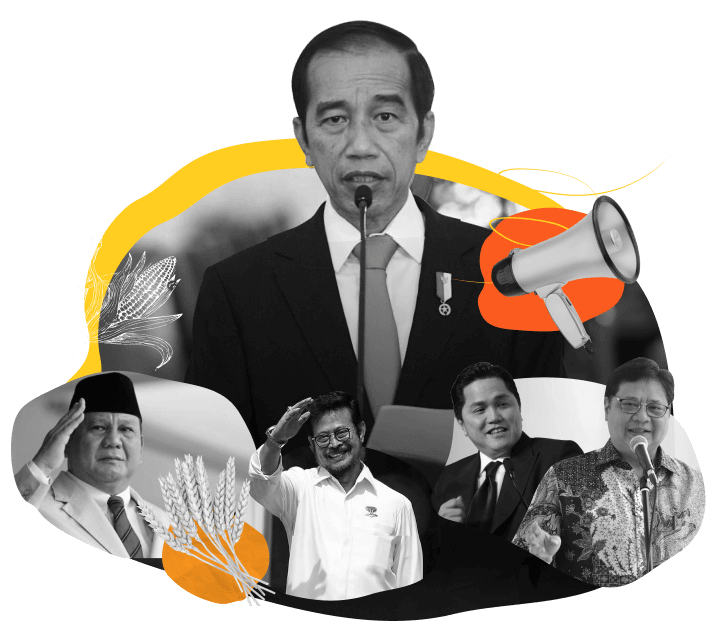
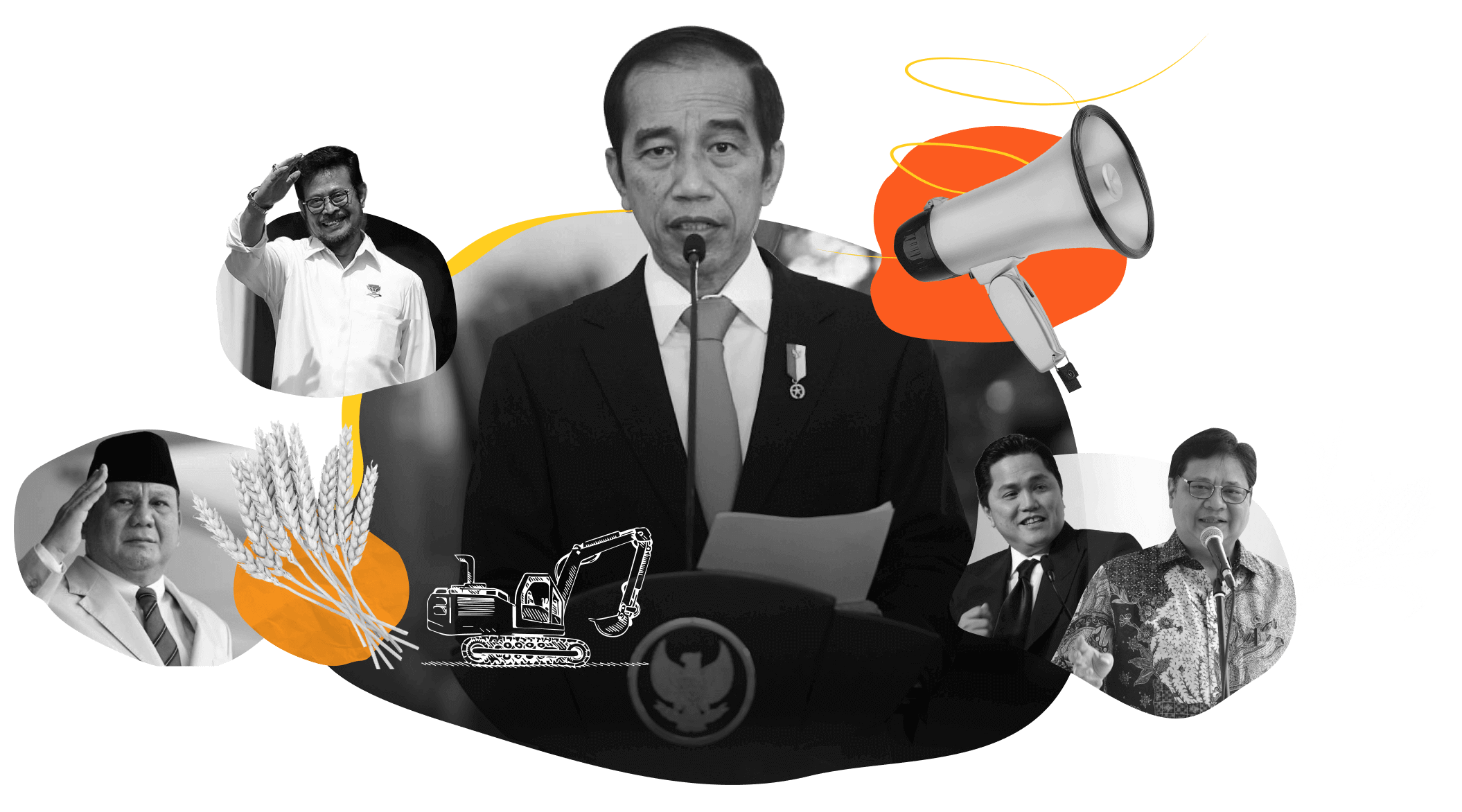
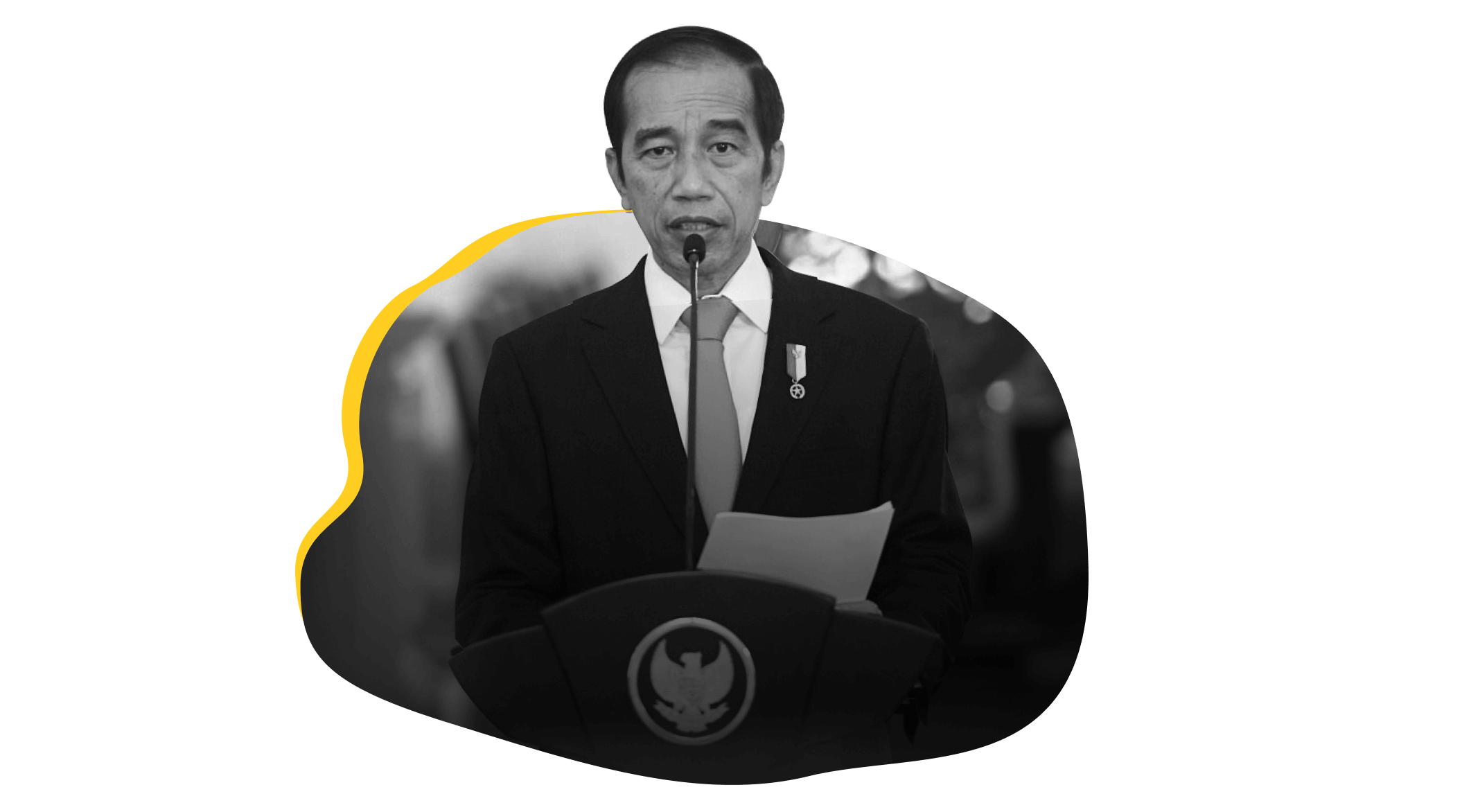






The Food Estate Program,
What’s the Rush?











In response to the threat of food shortages related to drought and the ongoing Covid-19 pandemic, President Joko Widodo launched the food estate program, a new strategic program for Indonesia. The food estate program includes developing hundreds of thousands of hectares of new rice fields, which can damage peatland and protected forests.

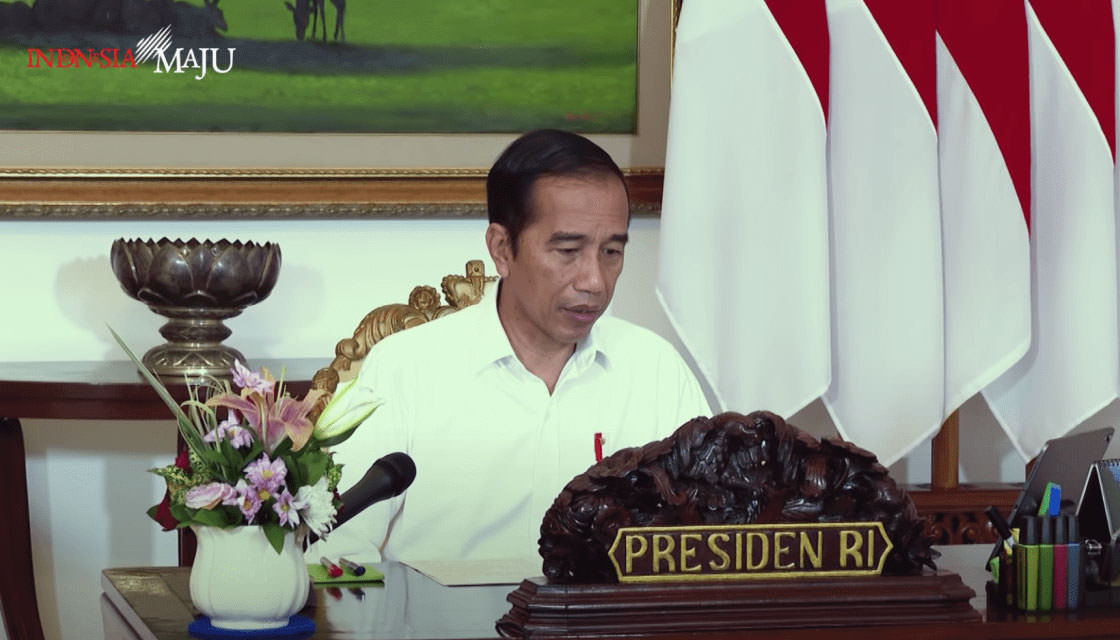
The food estate sites are expected to be situated on the 1 million hectares (2.47 million acres) of land opened for the One Million Hectare Rice Project in Central Kalimantan. On the site, 64% or 883,000 hectares (2.18 million acres) has been designated as peatland conservation land, meaning it may not be developed for agriculture; the essential function of the land is water management to prevent peat fires. Peatland use must adhere to sustainable principles in order to avert environmental and social harm.
The government has not been transparent in designating the locations for the food estate, meaning that the effect on the environment and on people cannot be assessed.

Changing land use on a massive scale, particularly on peatland, requires comprehensive environmental, economic and social studies involving the community.

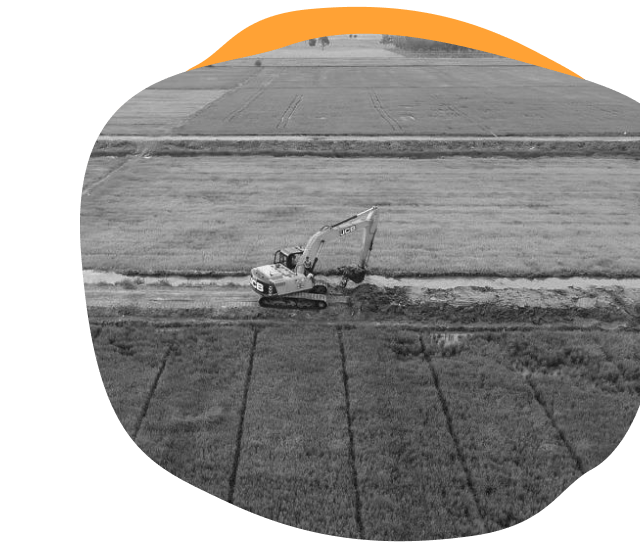


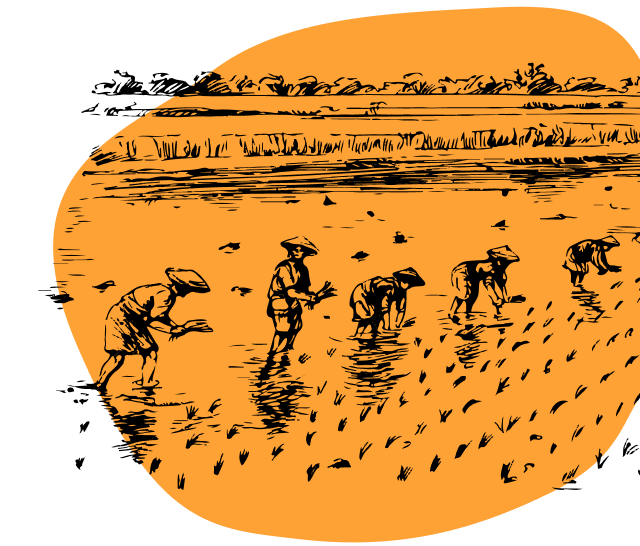
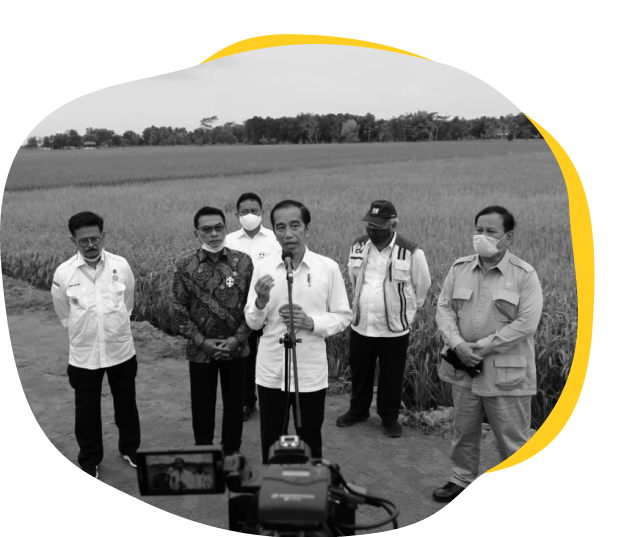
Continue to observe the implementation of the food estate program regularly.
Get the latest updates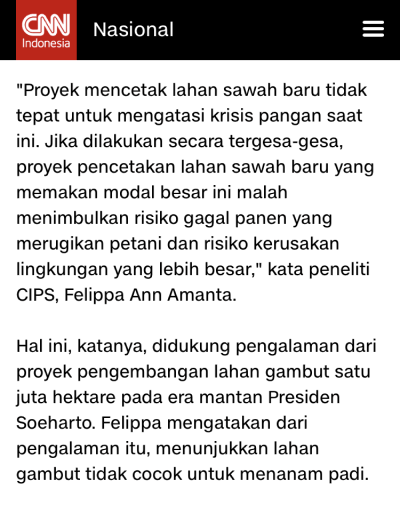
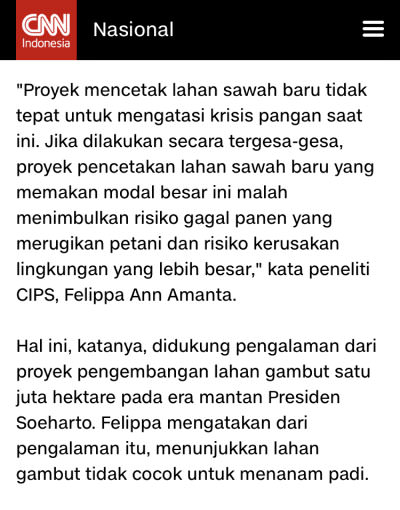
Food security is assessed based on how successfully a government can fulfill the food needs of its citizens. The assessment of food security is based on the Global Food Security Index (GFSI), which consists of 4 aspects: affordability, availability, quality, and safety, as well as natural resources and resilience.
The Indonesian food security index experienced an increasing trend from 2016 to 2019; however, it decreased in 2020. This decrease is due to the low value of several indicators, namely: affordability, quality and food safety, natural resources, and resilience.
On the other hand, although the Indonesian food security index decreased in 2020, its food availability index increased. One of the contributing factors was the food supply, which was 72, above the world average in 2020, and grew from 2019 as well.
State Logistics Agency chairman, Budi Waseso, reassures the Indonesian public that they need not worry about security of food, particularly rice. By taking into account stock levels, consumption and production, he is optimistic that food security can be sustained for the length of the Covid-19 pandemic.

Converting peatland to agricultural land usually involves creating canals to remove the water from the peat. In addition to requiring enormous amounts of energy and funds, draining peat results in land that is prone to burning, releases carbon emissions and may also expose polluting pyrite sediments.
Exposed pyrite causes soil to become very acidic (pH <3.5) and makes it difficult to cultivate. Pyrite may also dissolve and pollute water, as occurred during the construction of a canal—187 kilometer (115.94 miles) in length—under the One Million Hectare Rice Project of 1995. Pollution from this project caused mass fish deaths in the Mangkatip River and in tributaries of the Barito.
In addition, converting peatland is difficult: it takes time, money and energy.
To this day, no food estate program on peatland has been successful.
Low macronutrient and micronutrient content
High acidity
Minimal use of farming technology



Peatland is often mistaken for idle land. In fact, peatland plays a significant role in supporting the community and biodiversity. Damaged peatland cannot easily be restored back to its original condition.
The satellite images below shows that, as the years pass, there are increasing numbers of significant land cover changes in the former One Million Hectare Rice Project area.

Source:
Instead of boosting Indonesia's food reserves, the 1995 One Million Hectare Rice Project left behind it damaged peatland that experiences fires every dry season.
It is feared that the reopening of the same area will cause increasingly severe fires.

The 1995 One Million Hectare Rice Project had a budget of close to 7 trillion rupiah, but ended in failure. The project stalled and resulted in serious economic losses and conflicts with the local community.



Each hectare of rice field requires 40 to 80 people to plant the crop and 200 to 250 people to harvest it. However, the Ketapang Food Estate project failed to hire sufficient labor.
Land tenants are also not given assistance or training to help them manage peatland in a sustainable manner.
This problem is exacerbated by the lack of clarity on compensation for failing rice fields, which results in transmigrants having to scavenge for earnings as casual workers.
They (transmigrant workers) complain that they cannot expect much from the two hectares of land allocated to them … because of the soil being peat; it can only be planted with pineapples and tree crops.
Laksmi & Khidir, 2015. Large-Scale Food Farms in Ketapang: Dreams of Production Surplus
The Merauke Integrated Food and Energy Estate project in Papua Province oppressed communities; companies confiscated community land in the guise of creating a solution to the global food and energy crisis.
These lands have become monoculture plantations for crops such as palm oil and acacia, while the communities have lost forests and sago plantations, which provided them with food.
Let’s monitor its implementation!
This page with the latest news is curated and updated frequently by Pantau Gambut.
Ministry of Agriculture cannot say that the yield is a failure. In addition, he says that it is not easy to cultivate due to the existence of swamps with 1.5 meters height and high-level pH (acid).
Read articleDue to the acceleration of crop-planting pattern that is recommended by the government, about 90% of farmers in Belanti were in huge loss.
Read articleHead of Horticulture and Agriculture Department of Central Kalimantan denied the fact that the yields were a failure, which he then elaborated it as the productivity drop due to strong winds and heavy rain.
Read article200-250 hectares croplands were harvested and produced various results. Partially, farmers harvested the green crops which are not ready to be harvested yet due to strong winds that cause destruction to the plants.
Read articleCentral Kalimantan’s food barn is in threat of crop failure and does not meet the expectation of many farmers due to many factors influenced such as the acceleration of planting stage and rice seeds which do not meet the land suitability.
Read articlePresident Joko Widodo requested the local governments to accelerate the food estate program establishment which is targeted to finish on 2021. In addition to the request, he asked local state chiefs to expedite the food estate permit issues.
Read articleThe Central Kalimantan Provincial Government holds a meeting of the Environmental Impact Assessment Commission to discuss food estate activities.
Read articleThe Ministry of Agriculture is optimistic that the preparation of the initial 30,000 hectares (74,100 acres) will be completed on time in December 2020 and that planting can take place early in 2021.
Read articleThe deputy for regional development and spatial planning within the Coordinating Ministry for Economic Affairs says 90,000 hectares (222,300 acres) of land has been cleared for the food estate and food estate masterplan is still being drafted and 60% of the environmental impact assessment has been completed.
Read articleThe Coordinating Minister for Maritime Affairs and Investment confirms the locations of food estates sites in Central Kalimantan and North Sumatra do not cross the boundaries of protected forests or other conservation areas.
Read articleThe Environment and Forestry Minister says the 165,000 hectares (407,550 acres) of land for the food estate is not peatland and is not located within protected forest.
Read articleMinister of Environment and Forestry Siti Nurbaya Bakar issues Minister of Environment and Forestry Law No. 24 of 2020, which authorizes the conversion of protected forest to food estate.
Read articleThe Central Kalimantan Provincial Government holds a public consultation on the preparation of an environmental impact assessment for the rehabilitation and improvement of the swamp irrigation network in the food estate area, which totals 165,000 hectares (407,550 acres).
Read articleThe Ministry of Public Works and Housing plans to build roads and bridges totaling 111.97 kilometers (69.42 miles) to connect the food estate. The construction will cost 1.129 trillion rupiah ($81 million).
Read articleThe Minister of Public Works and Housing says construction work for the rehabilitation and improvement of the Block A irrigation network began in September 2020. The project is worth 738.04 billion rupiah and is being carried out by the contractors PT Wijaya Karya, PT Hutama Karya and PT Adipatria.
Read articleThe Environmental and Forestry Ministerial Regulation No. 24 2020 on the Provision of Forest for Food Estate was signed. One of the main point on this regulation is that protected forest area can be utilized for food estate.
Read articlePresident Joko Widodo plants the first seed on the food estate. Besides rice, food estate sites will also develop other commodities. Within each area of 1,000 hectares on the Central Kalimantan food estate, some will be dedicated to commodities other than rice. If this model is successful, it will be replicated.
Read articleThe Ministry of Agriculture and the Indonesian army sign a memorandum of understanding on cooperation on the food estate program in Central Kalimantan.
Read articleThe Minister of Defense says the food estate program will continue to grow to an estimated 1.4 million hectares (3.46 million acres) in Central Kalimantan.
Read articleThe Ministry of Defense is to mobilize Indonesian army engineers to clear and grab land in preparation for cassava plantations in Gunung Mas District, Pulang Pisang District and Kapuas District.
Read articleThe United Dayak Alliance rallies against using transmigration as a method of sourcing a labor force for the national food estate program in Central Kalimantan. They claim the program sidelines the local communities.
Read articleThe Ministry of Agriculture commits to providing agricultural equipment and infrastructure worth approximately 379 billion rupiah.
Read articlePresident Joko Widodo allocates 104.2 trillion rupiah to food security for 2021. Some of the money will be used to develop large-scale food estates.
Read articleThe Ministry of Agriculture says it has prepared 770,600 hectares (1.9 million acres) of land in the former One Million Hectare Rice Project in Central Kalimantan for food estate crops. Rice can be cultivated on three land types: tidal swamps, lowlands and peatland.
Read articleThe State Logistics Agency prepares to build a warehouse and rice mill at a food estate in Central Kalimantan.
Read articlePresident Joko Widodo and key politicians visit food estate sites at the village of Bentuk Jaya, Kapuas District and in Pulang Pisau District.
Read articlePresident Jokowi states his intention to form an agency to manage the development of food estates. It will work with investment partners, state-owned enterprises and other stakeholders.
Read articleThe Ministry of Defense is appointed as lead to strengthen the food estate program.
Read articleCoordinating Minister for Economic Affairs says the government will provide a further 6 trillion rupiah for three to four years of the food estate program.
Read articleThe Minister of Agriculture emphasized that he would not carry out a program to cultivate new rice fields on peatland this year, but will only intervene on mineral swamp lands with a water depth of 1 meter.
* No map of the location has been made available to the public.
Read articleAn interim report is issued on a strategic environmental impact assessment for the food estate site planned by the Ministry of Public Works and Housing.
The development of the food estate program is to be carried out by the Ministry of Public Works and Housing and the Ministry of State-Owned Enterprises through an investment scheme.
Read articleDeveloping food estates is recommended as one of the country's 89 strategic projects and named the "Program to Improve Food Supply in Central Kalimantan." This recommendation is legalized in the Revised PSEL Presidential Decree issued by the Coordinating Ministry for Maritime Affairs and Investment.
The Public Works and Public Housing Coordination Meeting finds that 295,500 hectares of blocks A and D on the former One Million Hectare Rice Project site could be developed. Of that, 165,000 hectares already possesses an irrigation system, while 79,500 hectares requires extensification.
* Fields converted
Coordinating Minister for Economic Affairs Airlangga Hartanto estimates Indonesia will hold 4.7 million tonnes of rice stocks at the end of 2020, and says rice supply is secure to the end of the year.
Read articleSunarti, head of Central Kalimantan's Food Crops, Horticulture and Animal Husbandry Agency, says 300,000 hectares of land has been prepared for food crops. He adds that if all proposals are approved by the government, the total land available for agriculture in Central Kalimantan will reach 663,287 hectares.
Read articlePresident Joko Widodo orders state-owned enterprises to open 900,000 hectares (2.22 million acres) of new rice fields on the wetlands and peatland of Central Kalimantan, in preparation for a potential food crisis related to the Covid-19 pandemic.
Read articleFAO released the statement regarding Covid-19 pandemic and how it could influence the global food chain due to the decrease of labour resources which potentially hamper the food and logistic distribution.
Read article
The protection of forests and peatland must be voiced out and loud. However, this will not happen without your help.
Stop using the pandemic as an excuse to exploit,
Wahyu Perdana, Campaign Manager for Food, Water and Essential Ecosystems, Walhi National.
